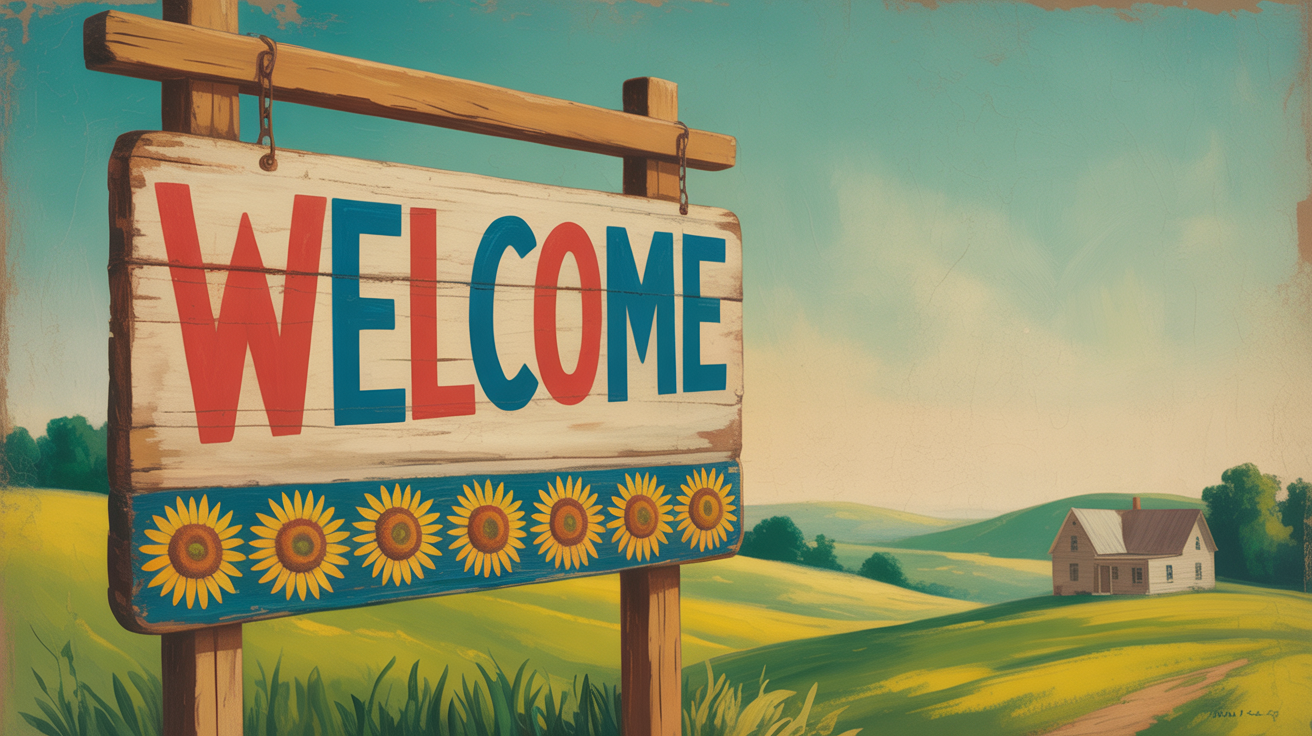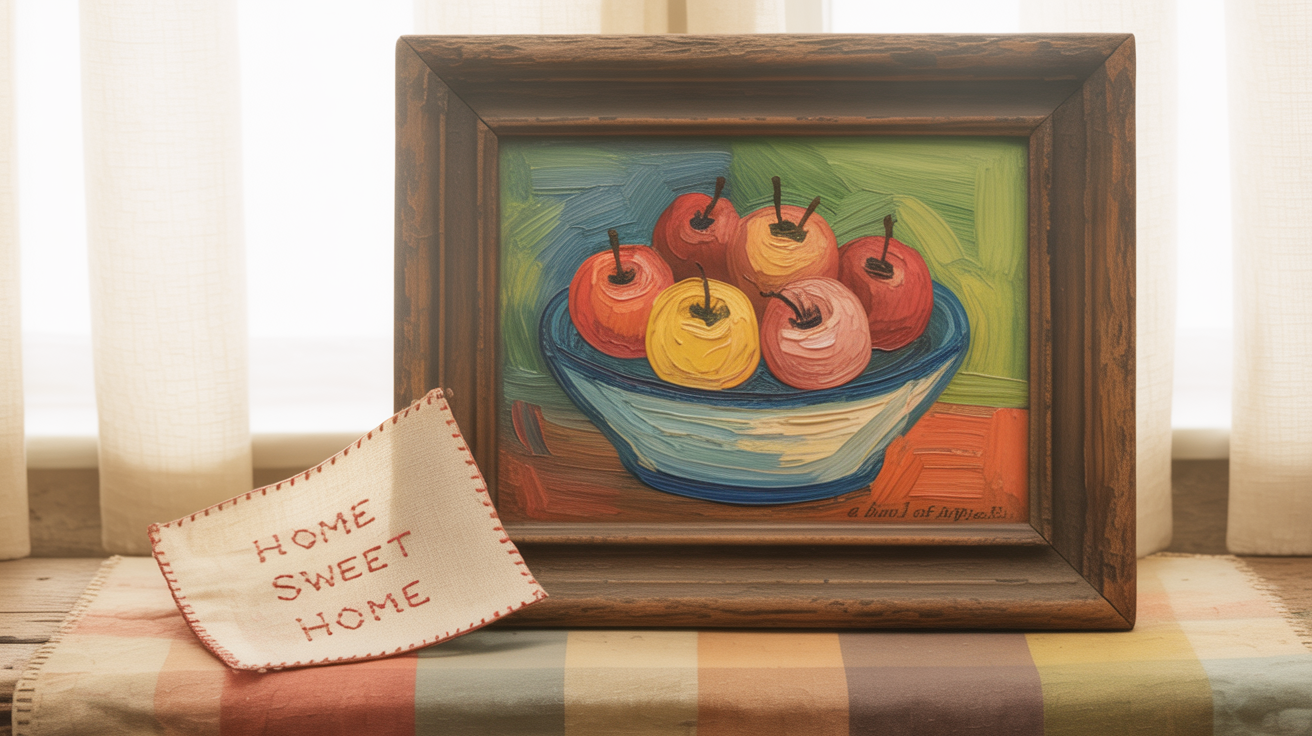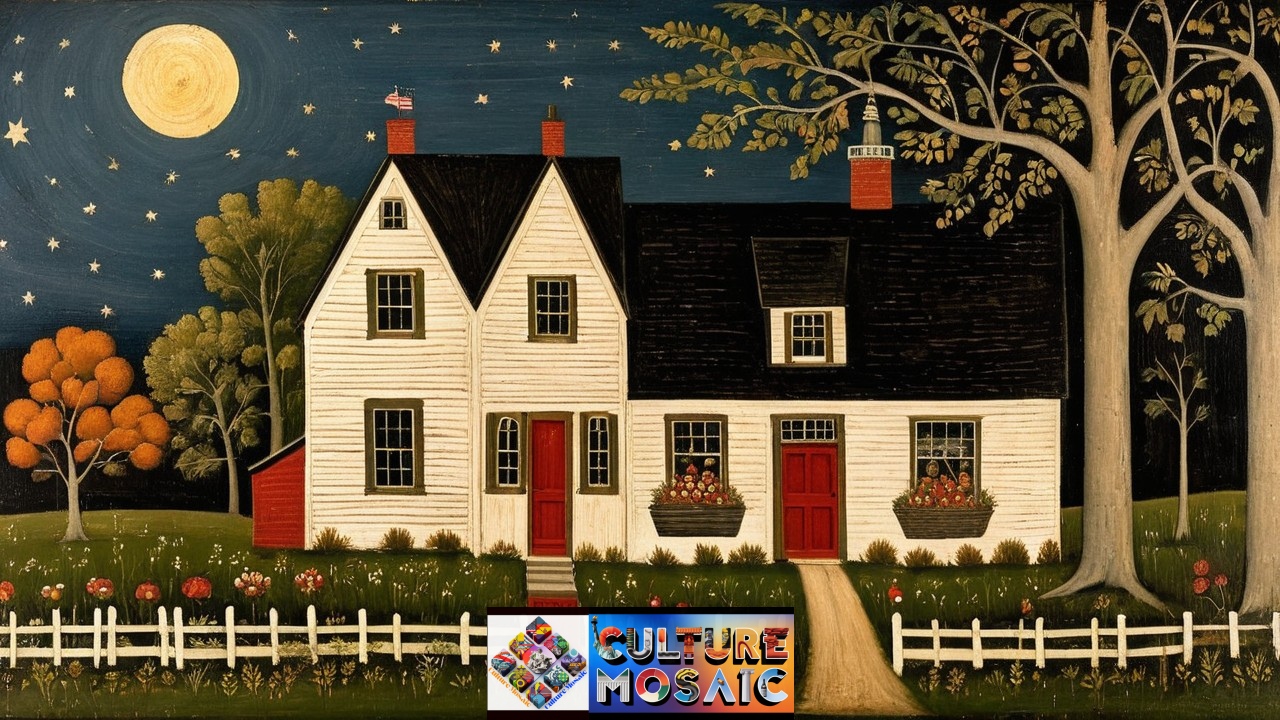Discovering the Lively Essence of Early American Folk Art
Introduction
The phrase “early American folk art paintings” refers to the creative expressions of everyday people in colonial and post-colonial America. These artworks were not created by classically trained artists but by ordinary citizens who painted to document daily life, commemorate people and events, or express cultural identity. Folk art paintings offer a unique lens into early American values, beliefs, and aesthetics.
What is Folk Art?
- Definition: Creative works produced by artists who are largely self-educated or have had little formal training.
- Materials Used: Wood panels, tin, canvas, and repurposed materials.
- Common Themes: Family, religion, patriotism, nature, and daily routines.
Characteristics of Early American Folk Art Paintings

- Bold Colors: Strong use of primary colors and contrasts.
- Flat Perspective: Limited depth or perspective; emphasis on symbolic meaning.
- Simplified Figures: Humans and animals are frequently depicted with stylized or exaggerated features.
- Decorative Elements: Borders, patterns, and motifs were common.
Popular Types of Folk Art Paintings

- Portraiture: Often commissioned to mark status or lineage.
- Landscapes: Scenes of farms, towns, or natural environments.
- Religious Imagery: Depictions of biblical scenes or moral teachings.
- Patriotic Symbols: Flags, eagles, and Revolutionary War heroes.
- Frakturs: Decorative documents such as birth and marriage certificates.
Table: Key Figures and Works in Early American Folk Art
| Artist Name | Notable Work | Style Description | Region |
|---|---|---|---|
| Edward Hicks | “The Peaceable Kingdom” | Biblical themes, symbolic animals | Pennsylvania |
| Ammi Phillips | “Red-Garbed Girl with Feline and Canine Companions” | Bold, simplified portraits characterized by vivid color application. | New England |
| Rufus Porter | Wall Murals and Portraits | Simplified forms, early American life | Northeast |
| Sheldon Peck | Untitled Portraits | Quaker values, abolitionist themes | Midwest |
| Anonymous Artists | Various Frakturs | Decorative calligraphy, religious texts | Pennsylvania Dutch |
Regions Where Folk Art Flourished
- New England: Especially Connecticut and Massachusetts.
- Mid-Atlantic: Pennsylvania was home to many Fraktur artists.
- Southern States: Folk art is often tied to agrarian life.
- Midwest: Quaker communities and abolitionist themes appeared here.
Cultural Significance

- Preservation of Identity: Helped immigrants and rural Americans document their values.
- Religious Expression: Art was a medium of faith.
- Community Connection: Paintings reflected shared stories and customs.
Where to See These Paintings Today
- American Folk Art Museum (New York)
- Smithsonian American Art Museum (Washington, D.C.)
- Colonial Williamsburg
- Historic Deerfield (Massachusetts)
Influence on Modern Art
- Inspired modern artists like Grandma Moses and contemporary folk revivalists.
- Continues to influence Americana-themed décor and visual storytelling.
Visual Elements of Folk Art (Chart)
| Element | Description | Meaning |
| Stars & Stripes | National pride | Patriotism |
| Hearts | Found in Fraktur and portraits | Love, family |
| Doves | Common in religious pieces | Peace, Holy Spirit |
| Animals | Stylized cows, horses, and dogs | Rural life and symbolism |
Summary: Early American Folk Art Paintings
Early American folk art paintings are more than decorative relics. They serve as a colorful, emotional, and sincere documentation of American cultural roots. Whether capturing religious devotion, familial pride, or national identity, these artworks continue to speak to the soul of a growing nation.
FAQs About Early American Folk Art Paintings
1. Who created early American folk art paintings?
Self-taught artists, often without formal training, created these works for family, community, or religious purposes.
2. How can you identify a folk art painting?
Look for simple, symbolic forms, bold colors, and a lack of classical perspective.
3. What makes these paintings historically significant?
They reflect the values, beliefs, and aesthetics of early American life.
4. Are there museums dedicated to this art form?
Yes, such as the American Folk Art Museum in New York.
5. Is folk art still practiced today?
Yes, modern folk artists continue the tradition with contemporary themes and techniques.

